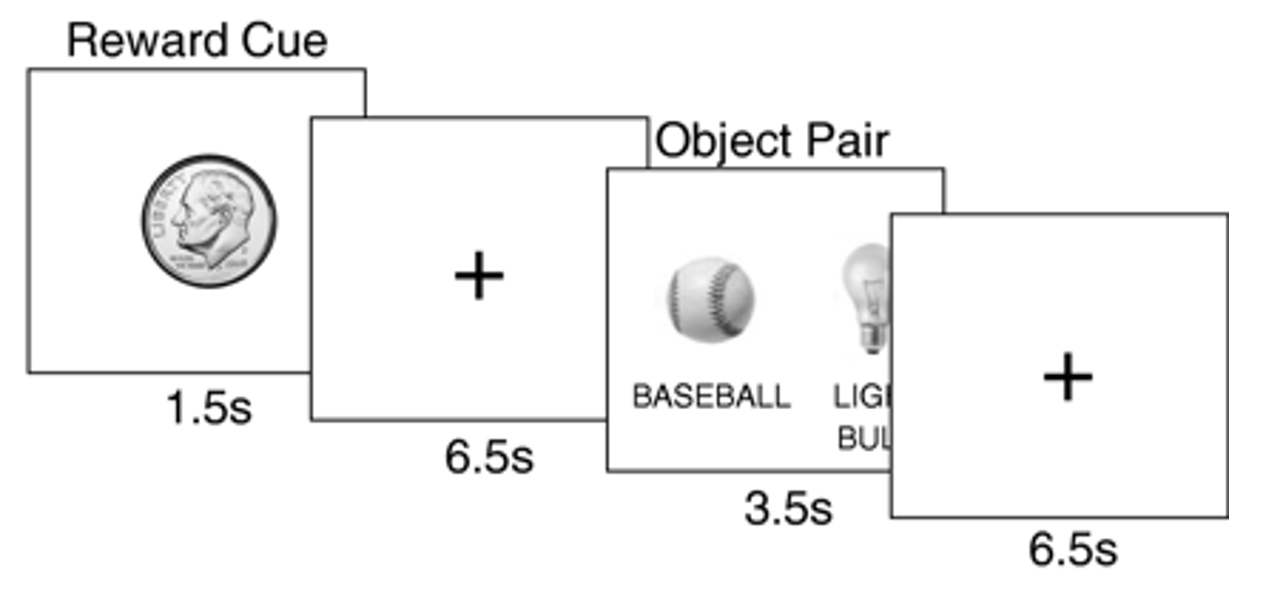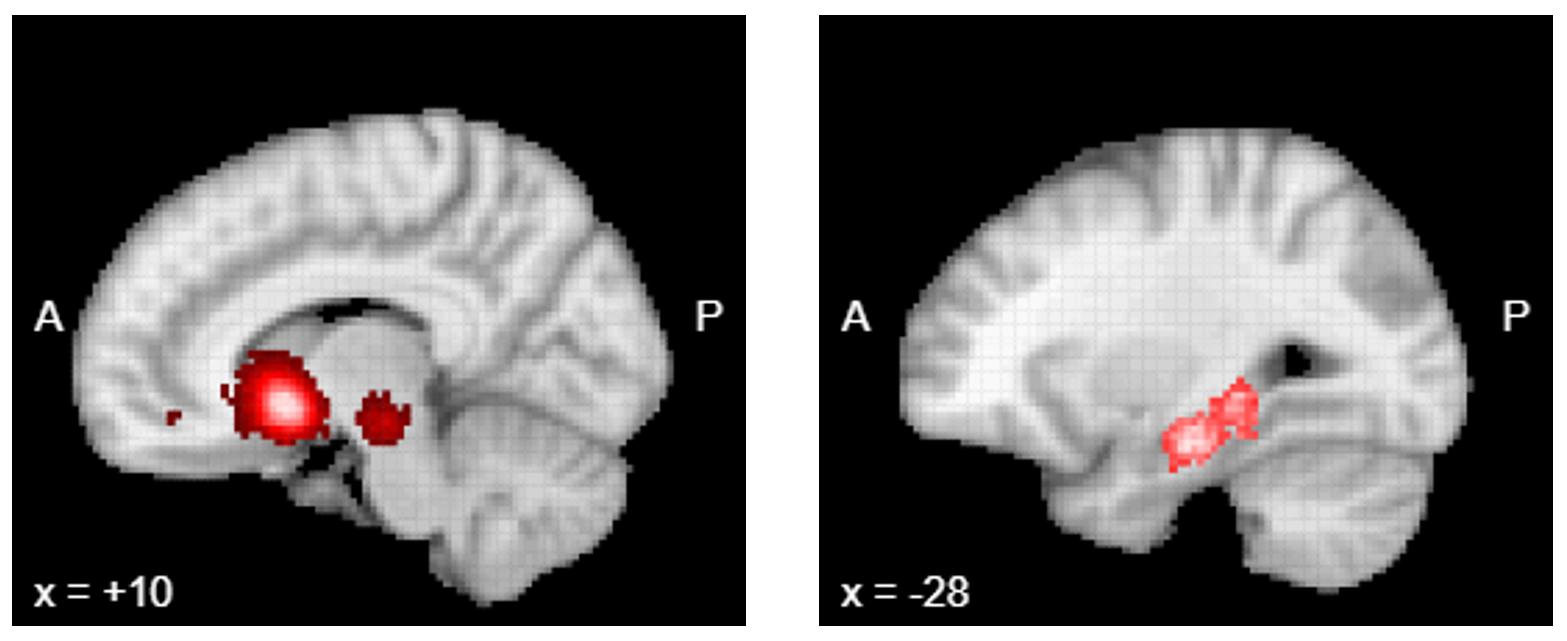I sometimes wish I had perfect memory. No more missed appointments! I’d never misplace my phone (it’s always on my bedroom dresser). And I’d always remember the name of that actress (whats-her-name, in that thing!), or my colleague (sorry….), or my friend (really??). Yep, life would be pretty sweet.
Despite these fantasies, individuals with highly-superior autobiographical memory (HSAM), who remember events from most days of their lives, actually find their exceptional ability to be quite debilitating―a constant bombardment of meaningless data: dates, figures, names, events, sounds, smells, which can be difficult to suppress. Be careful what you wish for.
What I actually should wish for is a perfect memory for things that have value to me. I hope to never forget my wedding day, because it’s a source of joy. I need to remember to take the trash out on Wednesdays because I don’t like my house to smell. Memory at its best can help filter the events of daily life for later reference.
This conception is well-described by the computer science notion of the difference between data and information. Data are facts, records, tallies, and so on. Information, by contrast, is the synthesis of data into meaningful understanding.
So how might the raw sensory data―inputs into the human neural system―be processed to provide meaningful information? One way might be that the brain somehow tags important sensory data; such as data that is highly-correlated with a large reward. This integration links two broad functions of the brain, which traditionally have been thought to be supported by two distinct functional networks―memory storage and reward valuation. How might these two neural functions be linked to serve the preservation of meaningful memories?
A recent article in the Psychonomic Society’s journal Cognitive, Affective, & Behavioral Neuroscience by Lea Frank, Alison Preston, and Dagmar Zeitamova endeavored to answer this question by exploring how the functional brain networks that support memory are integrated with those that support reward.
To address this question, Frank and colleagues had participants learn associations of random pairs of objects, while their brain activity was measured using an fMRI. During the association task, participants would see a pair of arbitrary objects (like a baseball and a lightbulb, as in the figure below), and their job was to remember that these objects go together. Each pair of objects was preceded by a value cue―either a dollar, a dime, or a penny, indicating the amount of money participants would earn for successfully recalling that pair later. Each participant learned 150 pairs of objects and were asked to recall them later in the scanning session.

This design allowed the researchers to compare memory for pairs with high (a dollar) and low (a penny) values, to see whether reward value had an effect on whether the pair was remembered at all, but also whether the neural response changed as a function of the value associated with the memory.
Overall, participants had better recall for the dollar trials compared to the dime trials (although a quirk of the behavioral data is that penny trials were also remembered better than dime trials). Interestingly, participants also appeared to split into two groups. One group, called “modulators”, showed better memory for dollar trials compared to dime and penny trials. The other group, “non-modulators”, had good memory overall. The behavioral data thus suggest that some people were sensitive to the reward condition, whereas others were indifferent to it.
Frank and colleagues reasoned that the sensitivity to reward information (in the modulators) may be reflected in increased connectivity between the brain’s memory system―the hippocampus and parahippocampal cortex―with its reward system―the anterior commissure, midbrain, ventral striatum, and two regions in the frontal lobe.
To illustrate those regions, I generated the two brain images below. The images were generated using Neurosynth with the terms “reward” and “memory.” The brain regions on the left are involved in the processing of reward, and those on the right are dedicated to memory.

In each subject, Frank and colleagues estimated the functional connectivity between each region in these networks by measuring how correlated the brain signals were. That is, if two regions show high functional connectivity, it would mean that those two brain regions’ neural signals tend to oscillate and change in similar ways.
Using a variety of statistical approaches, the researchers found that the functional connectivity between the memory network and the reward network related to whether each individual participant showed modulated memory for highly-rewarding items. That is, if the participant was more likely to remember the dollar items compared to the other two, that participant would show greater neural integration between memory and reward.
Overall, this study reveals the intricate connections between disparate tasks the brain must solve to help determine which data to turn into information. Functional connectivity can offer windows into how these neural processes unfold that help connect the brain with more complex patterns of behavior.
One aspect of the work that remains ambiguous is whether the individual-differences finding―that some people remembered more high-value compared to low-value pairs―is a stable property of individuals or a property of the task. It could be that reward and memory interact differently for different people. HSAM individuals, for example, might recall everything regardless of how little the memory was worth. Or it could be that in this sample of typical participants, some of them just didn’t care about earning an extra few dollars.
Many factors help the brain turn raw data into useful information, but ultimately we all have goals which motivate our behavior and, presumably, offer some form of reward. How we use the resources in our very limited memory systems to support our goals is a critical question for all of us.
Psychonomics article discussed in this post:
Frank, L.E., Preston, A.R., & Zeithamova, D. (2019). Functional connectivity between memory and reward centers across task and rest track memory sensitivity to reward. Cognitive, Affective, & Behavioral Neuroscience. DOI:10.3758/S13415-019-00700-8.
